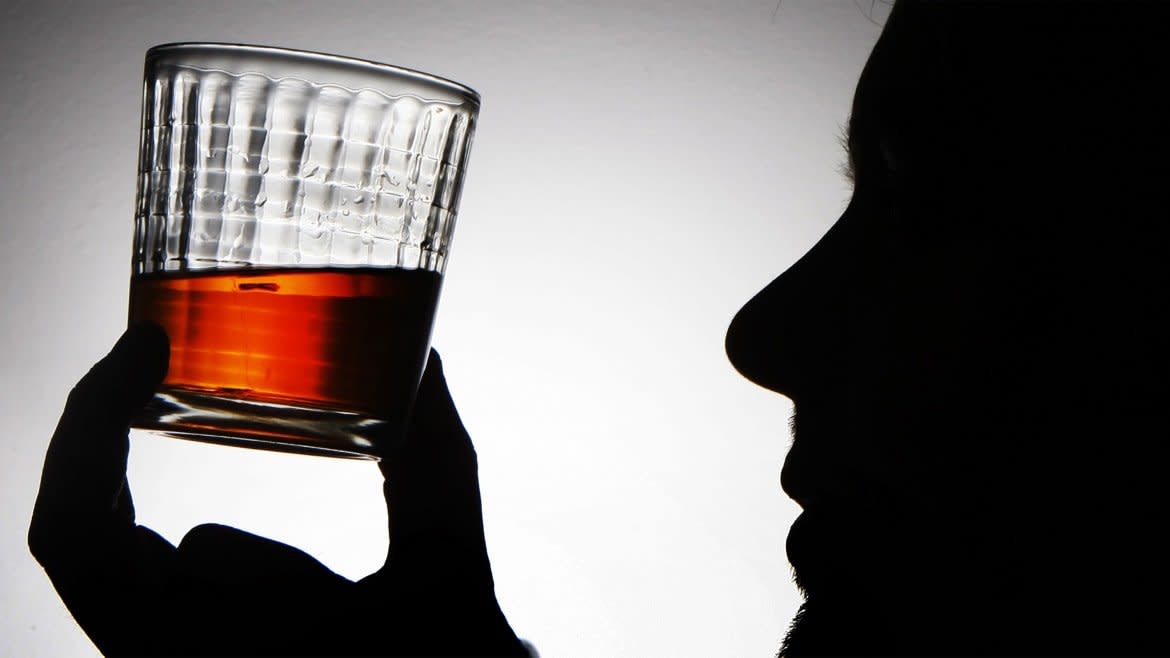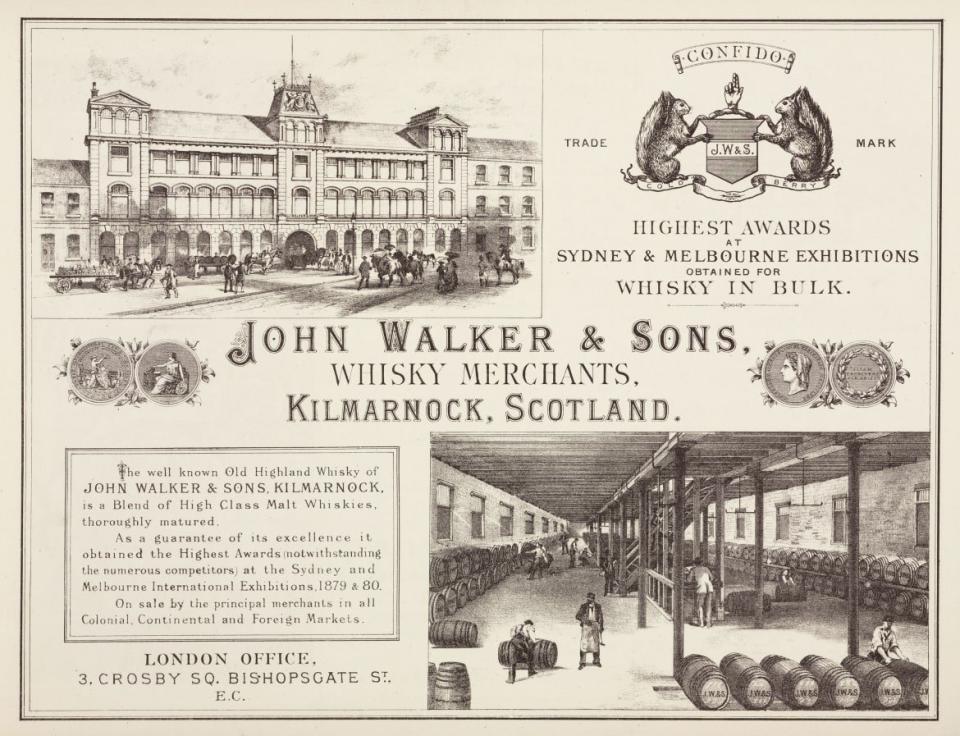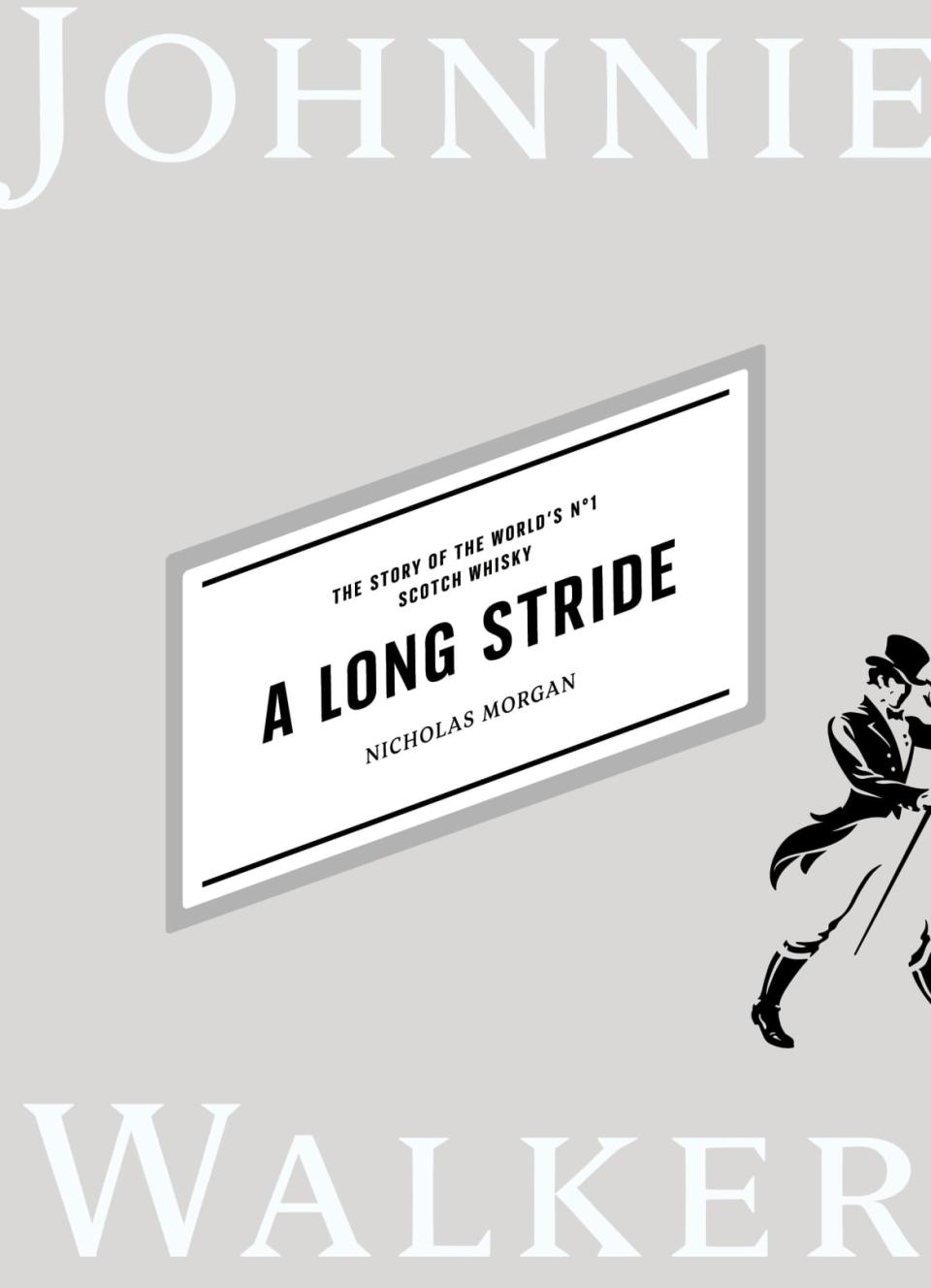The Birth of Scotch Drinking in the United States

For the last century, the United States has been the most important market for the Scotch whisky industry.
Even with difficulties presented by the First World War, the 1918 Spanish influenza epidemic, Prohibition and the Great Depression, America became a fast growing and loyal customer of Scottish distillers.
Building a Whiskey Empire in 85 Years
Are the Manhattan & the Martini the Same Cocktail?
In 1881, John Walker & Sons, only a few decades earlier a small grocery business in Kilmarnock in the west of Scotland, claimed to have exported more than 50,000 twelve-bottle cases of its Old Highland blended Scotch whisky. It was shipped almost exclusively to the British-owned territories and much of it went to Australia and South Africa, where the discovery of gold and diamonds had fueled a market for luxury products.
A decade later, the company claimed the figure was more than 120,000 cases. But the United States still seemed to have no great taste for Scotch. However, Alexander Walker (the second generation of the family to manage the Walker business) thought his firm should cultivate a demand “more than they have been doing” in the country.

Tommy Dewar’s bombastic tales of selling his eponymous brand in America, which he told in his travelogue Ramble Round the Globe (1894), may have persuaded some that it was already a large Scotch market, but, in fact, both his and James Buchanan’s business had to scale back lavish U.S. expenditure made at the turn of the century due to poor whisky sales.
But as one commentator noted in a leading trade journal, when that taste for Scotch came, it came suddenly: “The Americans are inclined to turn liking into mania. As it was with the by cycle [sic], golf, buttons, so it was with Scotch whisky, which suddenly, and without apparent cause, became a fashionable drink.”

Walker grew its business rapidly in the first decade of the 20th century, with the promise of sales of almost 50,000 cases a year in 1914. But it was Prohibition that sealed the reputation of Scotch in the U.S. where it became synonymous with quality. The whisky was, of course, in incredibly high demand by thirsty Americans. Sales soared after Repeal and were only halted with the start of the Second World War. In the aftermath of that conflict, the export of Scotch to hard-currency markets was a strategic imperative for successive British governments; by 1955 the U.S. counted for more than half of all export sales of Johnnie Walker.
It was estimated that around two-thirds or more of all the whisky (Scotch and Irish) imported into the United States went through the port of New York, and data from there shows how relatively slow growth was during the nineteenth century. In 1879, 49,500 gallons were imported “in wood,” along with just over 2,200 12-bottle cases. In 1890, the figures were 37,500 gallons and 14,500 cases respectively. At the turn of the century, the totals stood at 54,100 gallons and 82,800; by 1910 it was 52,087 gallons and almost 150,000 cases.

A number of things are clear from this. In normal circumstances, the demand for cask whisky (often destined to be used in other products) was at best static; it was bottled, branded Scotch that was driving growth, particularly from the late 1890s. By 1900, one trade commentator noted, “It can safely be asserted that the question as to whether Scotch whisky is a fad on the other side of the water is now definitely settled in the negative.”
Some degree of connoisseurship was also developing in the market: “There are few spirits regarding which more discrimination is displayed in selection than in Scotch whisky, and American people in this direction have reached a point where they are fully capable of analysing the merits of the goods shipped there.”
In 1904, Ridley’s Wine and Spirit Trade Circular could declare:
“There is no branch of the importing business that has shown more activity during the past year than has been displayed by the Importers of Scotch whiskies. The demand has been increased considerably, not only in the cities of the first class, but Scotch whisky has found its way into the less populated sections of the country. Even at the South, which is commonly supposed to be wedded to Corn Whisky, Scotch is gaining ground, and in cities like New Orleans there are now displayed in the cafés and restaurants almost all the leading and popular brands. They are not only displayed, but they are liberally consumed.”
“Scotch Whiskies,” Ridley’s wrote in 1905, “are now consumed in nearly all parts of the States, and from present indications the demand will grow, the spirit being to the liking of the tastes of many Americans. The keen competition and rivalry between brands is astonishing, and second only to that displayed in the Champagne trade.” Make no mistake, this was a luxury product for the discerning middle classes with leading retailers adopting distinctly different strategies: while New York grocer Park & Tilford listed 54 brands of “well known Scotches,” in 1909 Macy’s listed only one, Mortlach single malt, in five grades, supplied by John Walker & Son.

Advertising was an essential tool for the distillers. As Ridley’s noted, “There is perhaps no article more extensively advertised than whisky, and taking into consideration the many brands there are represented in the States, there is an active campaign carried on all the time, thus keeping Scotch and Irish whiskies constantly before the public.”
Commenting on the growth of Scotch in the States, the Wine & Spirit Trade Record wrote, “It is quite apparent that many consumers who formerly purchased a bottle of wine with their meals are today taking a highball or other drink containing whisky instead.”
This story is adapted from the new book A Long Stride: The Story of the World’s No. 1 Scotch Whisky by Nicholas Morgan, which is published by Canongate.
Get our top stories in your inbox every day. Sign up now!
Daily Beast Membership: Beast Inside goes deeper on the stories that matter to you. Learn more.

 Yahoo Movies
Yahoo Movies 
